Saddle thrombus, more properly called feline aortic thromboembolism (FATE), is an often fatal condition caused by a blood clot that blocks blood flow to the cat's rear legs. It tends to strike suddenly and causes severe pain along with paralysis of the hind legs. Although the underlying cause of the condition is usually heart disease, the saddle thrombus is the first symptom of heart trouble in more than 75 percent of affected felines.
Any cat can develop FATE, but it is somewhat more common in adult cats between the ages of 8 and 12, in male cats, and in Abyssinian, Birman, and Ragdoll breeds. Unfortunately, the outlook for a cat with saddle thrombus is poor, as only 50 percent of cats survive with treatment. Still, the other half do survive, and with rapid treatment, your cat may be among that half.
What Is Saddle Thrombus?
A saddle thrombus occurs when a blood clot becomes lodged in the base of the aorta where it branches off to each of the cat's rear legs. Your vet will probably refer to the condition as feline arterial thromboembolism or feline aortic thromboembolism.
The aorta is the main artery that carries oxygenated blood from the left ventricle of the heart to other parts of the body, including the rear limbs. The region where the aorta branches off to the rear legs is called the saddle due to its shape.
The term "thrombus" describes a large blood clot that forms inside a blood vessel or within the heart. An embolus is a small clot that breaks off of a thrombus and then becomes lodged in a blood vessel. Together, these conditions are called thromboembolism, which is obstruction of blood flow caused by an embolism from a blood clot.
Feline aortic thromboembolism (FATE) occurs when a blood clot develops in the heart, and then part of that clot breaks off and becomes lodged in an artery, obstructing blood flow. The saddle region is a common area for clot obstruction. A saddle thrombus is a painful event that occurs suddenly and disrupts circulation to the rear part of the cat's body. This is an emergency situation that can lead to death.
Symptoms of Saddle Thrombus in Cats
Many cat owners, when discovering their cat crying out in extreme pain, unable to move its hind legs, and hyperventilating, assume that the cat must have had some sort of trauma or been hit by a car. However, those are the primary symptoms of a saddle thrombus.
Feline arterial thromboembolism happens suddenly, causing rear limb paralysis or paresis (partial paralysis). Your cat may be unable or unwilling to stand or walk at all, or might attempt to walk, but limp or drag the affected legs.
Owners typically notice sudden vocalization and heavy breathing along with the inability to move the rear limbs properly. It may look as if the cat suddenly has a broken back. Upon further investigation, you may see that the paw pads are pale or bluish-gray in color and cold to the touch, due to the reduced blood flow. Your cat might vomit from the pain and stress, and may lash out aggressively, try to hide, act anxious, or display other unusual behaviors due to the severe pain and fear.
Bring your cat to the nearest open veterinarian immediately if you notice any of these signs or any other sudden or serious signs of illness.
Causes of Saddle Thrombus
A saddle thrombus is typically caused by a blood clot that formed in the left atrium of the heart. Approximately 89 percent of cats with arterial thromboembolism have underlying heart disease, although often the owners are unaware of their pet's condition.
Hypertrophic cardiomyopathy is the most common type of heart disease seen in cats, and most often the reason for a saddle thrombus, although only a small percentage of cats with HCM ever develop FATE. Hypertrophic cardiomyopathy causes an inward thickening of the heart muscle walls, reducing the space inside the heart and impeding its ability to properly pump blood to the rest of the cat's body. The condition leads to turbulent or sluggish blood flow within the heart, making it easier for blood clots to form.
Once a thrombus, or blood clot, has formed within the cat's heart, it may break apart into smaller pieces that then are pumped out into the cat's aorta and from there into the smaller blood vessels. Eventually, the clot can become stuck within a blood vessel, which reduces or stops blood flow through the remainder of the vessel. While it is most common for the blood clot to become stuck at the cat's "saddle," that is not the only possibility. Blood clots can also affect the front legs, kidneys, or brain; while not as common as saddle thrombus, these are also very serious scenarios.
While the overwhelming majority of cats with saddle thrombus have underlying heart disease, in 6 percent of affected felines, cancer is the underlying cause (most often lung cancer), and in 3 percent, the cause is unknown.
Diagnosing Saddle Thrombus in Cats
Often, your veterinarian will be able to diagnose saddle thrombus based on the characteristic symptoms of sudden paralysis of the hind legs, extreme pain, and rapid or labored breathing. Your cat will be thoroughly examined, and the vet will pay special attention to checking for a pulse in the hind legs—it's often absent or reduced with a saddle thrombus—as well as any temperature changes in the cat's hind feet.
The veterinarian will use a stethoscope to listen to the cat's heart as well as the breath sounds within the cat's lungs. Often, the underlying heart disease will cause unusual heart rhythms or sounds that help the vet make the diagnosis. Other tests that might be ordered include x-rays or ultrasound to visualize the heart and blood tests to assess the cat's kidney function as well as overall organ function.
How to Treat Saddle Thrombus in Cats
Feline arterial thromboembolism can be difficult to treat. Sadly, saddle thrombus has a poor prognosis, especially if the signs are severe (low rectal temperature, slow heart rate, total loss of motor function in the hind legs). In addition, cats with existing heart disease have a high chance of recurring embolisms. Euthanasia is sometimes the most humane option and is the route chosen by up to 75 percent of cat owners who have a cat that develops saddle thrombus.
If the decision is made to begin treatment, the cat will be admitted to the veterinary hospital for close monitoring and nursing care. The veterinary team will attempt to stabilize the cat with intravenous pain medication, symptomatic treatment, and, if necessary, oxygen therapy.
Cats recovering from arterial thromboembolism are often treated with antithrombotic (anti-clotting) drugs such as clopidogrel or aspirin. These medications can help prevent future clots from forming. Often, the cat will also receive diuretics or other medications for any underlying heart disease. It is possible for the exiting clot to be resorbed and the cat may regain limb function. However, there is a high risk of new blood clots forming over the next few weeks to months.
Cats are monitored closely for several days in the hospital. They may receive physiotherapy, including passive manipulation of the affected limbs to reduce muscle contraction and avoid limb deformity. Cats that survive to discharge will typically go home on medications and with instructions for at-home physiotherapy.
Prognosis for Cats With Saddle Thrombus
Generally, the prognosis is poor for cats that develop FATE. The majority are euthanized upon diagnosis of saddle thrombus, especially if the cat is also in heart failure due to the underlying hypertrophic cardiomyopathy, which is common. For those cats receiving treatment, only half survive to be released from the veterinary hospital, and of that half, only 20 percent survive another year. The best odds are for cats who do not have severe underlying heart disease and regain hind leg function within a few days.
How to Prevent Saddle Thrombus
The best way to prevent feline arterial thromboembolism is to detect and treat heart disease. Routine wellness visits can enable your vet to detect a heart murmur or other signs of heart disease and treat your cat before something serious happens. Unfortunately, a saddle thrombus is often the first sign of heart disease seen in the cat. The cat may have seemed completely healthy before the event, including having normal heart sounds during physical examination.
If you are concerned about your cat's risk for heart disease, a cardiologist can do a complete cardiac workup that includes an echocardiogram. However, this is quite costly and not something most owners want to do unless heart disease is already suspected. Talk to your veterinarian to find a veterinary cardiologist near you.

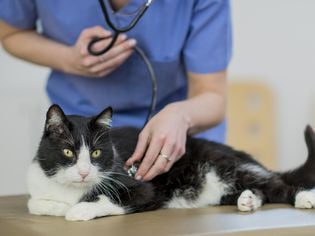

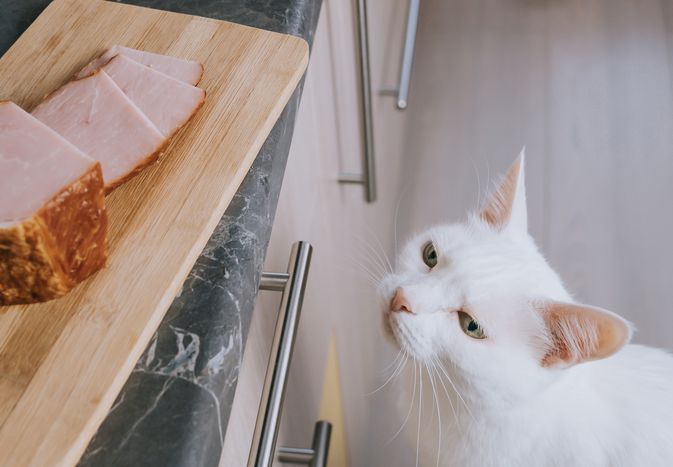
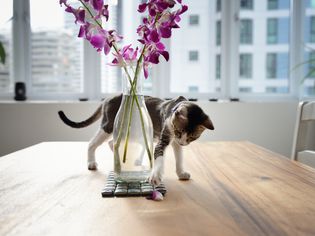
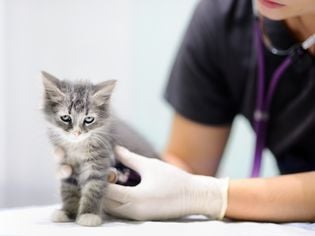
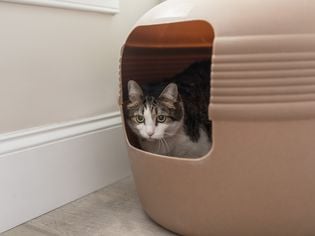
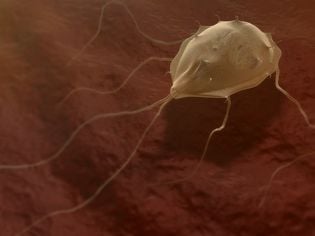
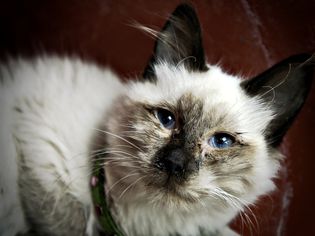
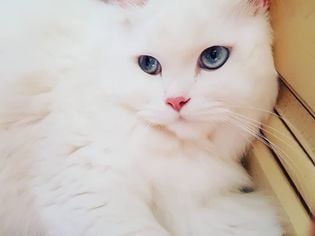
Comments on " Saddle Thrombus in Cats" :